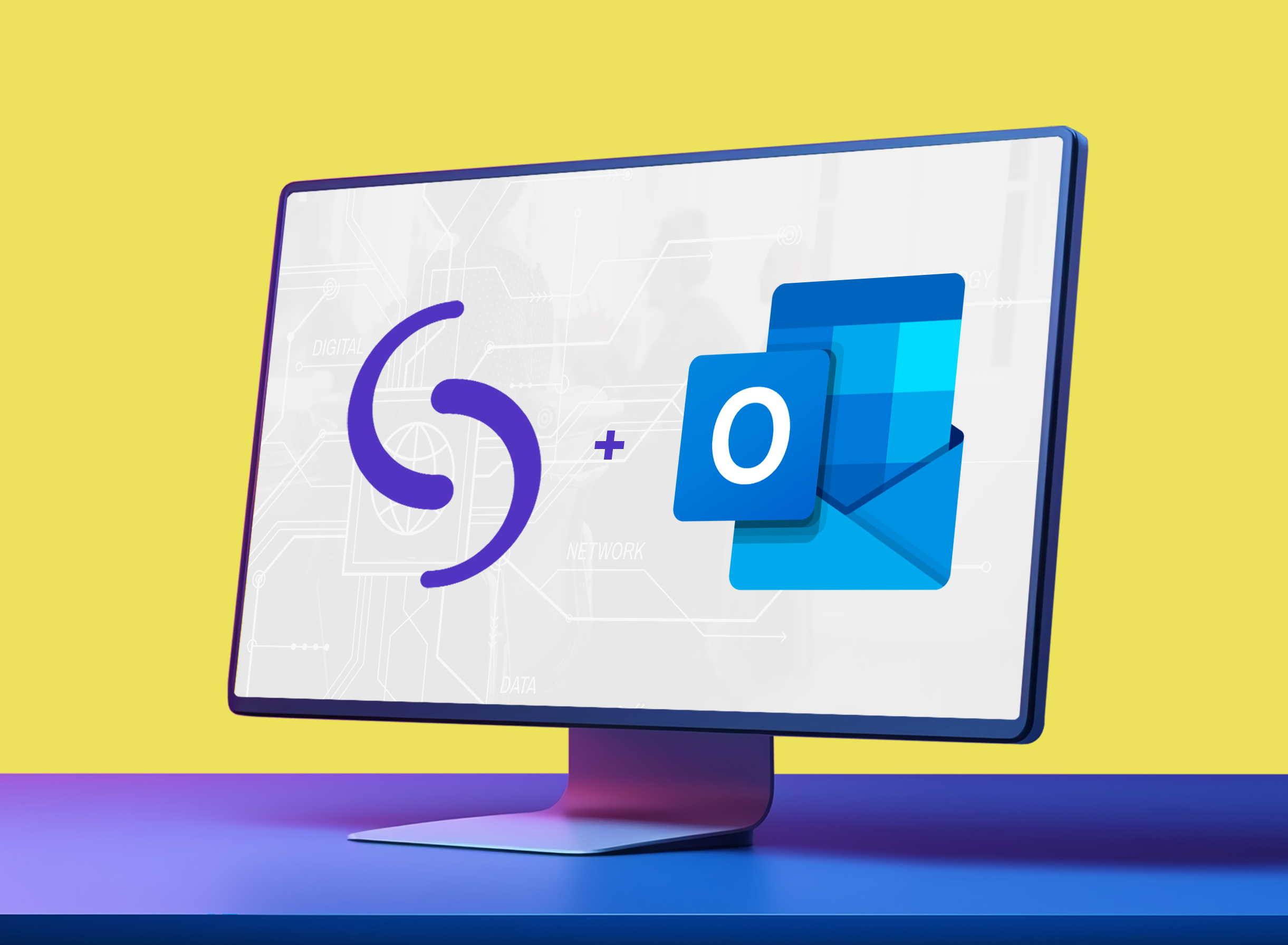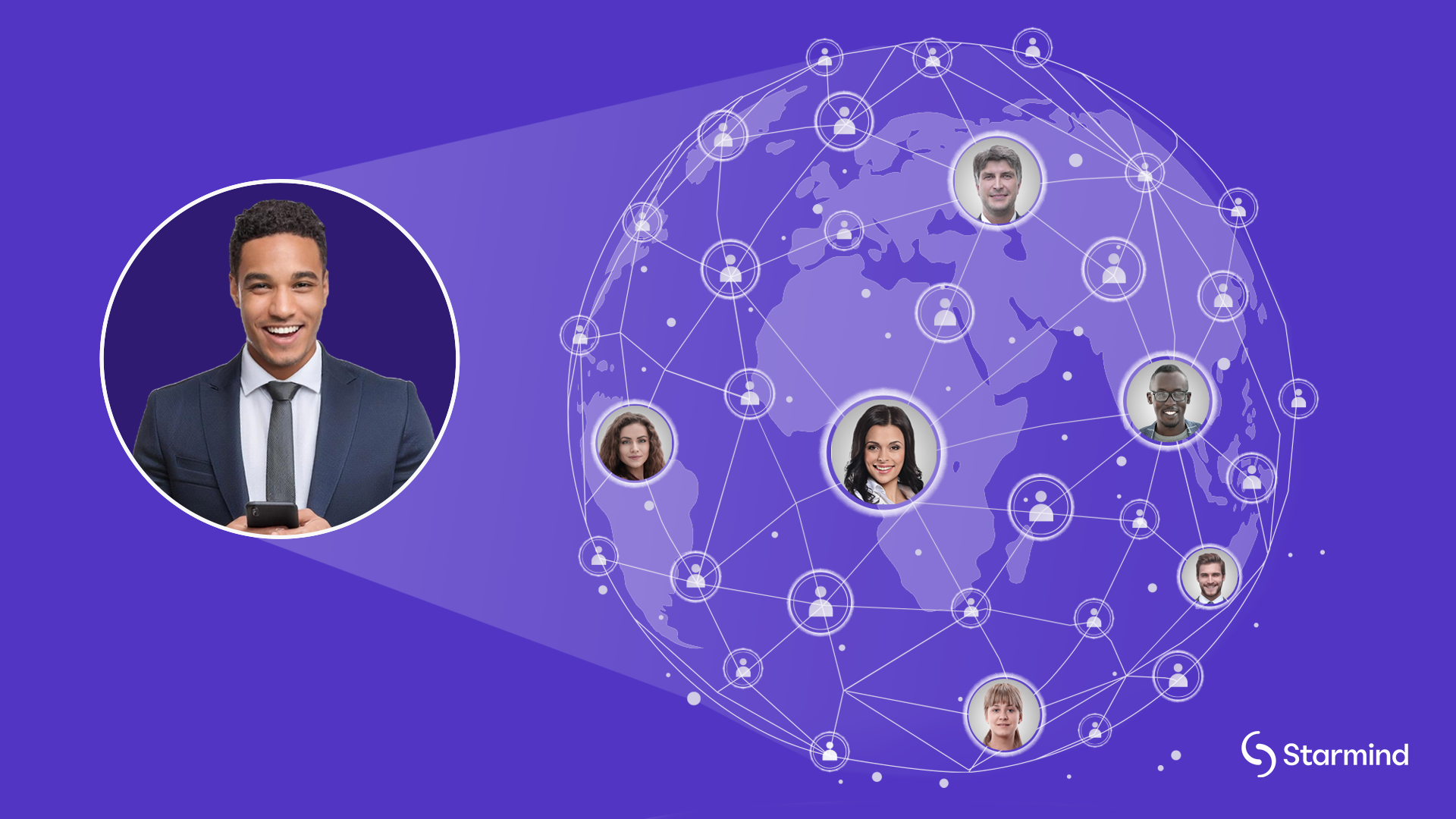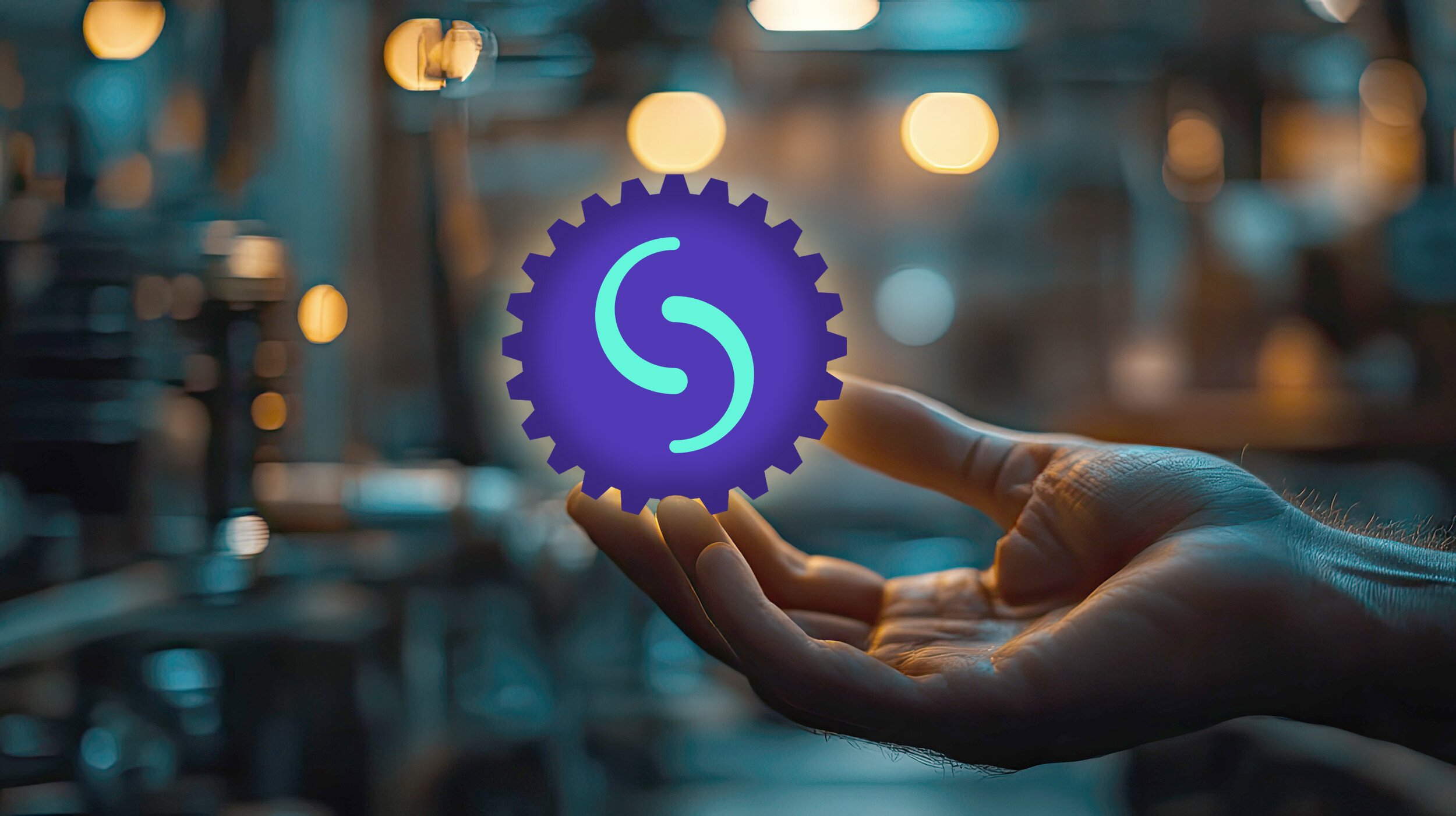Contents
Today’s digital landscape shifts and evolves faster than ever before. If you fall behind the curve, your business might not recover. However, if you plan effectively, you can reach the top of your industry and maintain the edge over your competition.
To plan for the next week, month, year or decade, you need to have access to the right information about your talented workforce at the right time. This includes mapping employees’ skills and harnessing these insights to take a data-driven approach to workforce planning. As the IDC states, “access to the right skills at the right time will be a key determinant of success for organizations in the decade ahead.”
The Pitfalls of Traditional Workforce Planning
Capturing employee data is the foundation of strategic workforce planning. But, IBM has identified that “less than 16% of leaders say they possess the ability to use data to make informed talent decisions.”1 This is mainly because traditional data collection methods, such as surveys, evaluations,2 and resumes are inadequate. These methods source scattered information that’s quickly outdated and ineffective.
Think about how much employees’ knowledge and skills grow each day, let alone each year. Without real-time information, traditional methods of gathering employee data fail to highlight the evolving expertise your business has available.
As well as being quickly outdated, there are frequently inaccuracies within this data as it’s often subjective. When employees complete self-evaluations or surveys, they’re offering a snapshot into their current skill level and morale. The same questions asked just a day apart might lead to entirely different answers. For employee data to be relevant, it must be captured in a method that is immediate, company-specific and real-time.
But accessing meaningful data and using it effectively is not easy. According to industry analyst Josh Bersin, “the average company now has more than seven systems of record for people-related data.”3
Businesses need a solution that can access and leverage this rich vault of public data available within their workplace applications and record systems. When harnessed, this information can identify where critical skills and expertise lie in real-time.
Using Data and AI to Future-Proof Your Workforce
The task of sourcing high-quality data to align workforce planning to key company goals may appear daunting. But the good news is that with the help of AI, many high-performing companies are doing just that. AI can source GDPR-compliant data from multiple platforms at once. This data provides real-time insight into HR planning considerations.
A More Effective Hiring Process Getting the Most from the Public Data You Already Have
Organizations can access more information than ever before, thanks to the passive tracking that today’s workplace software already carries out.
HR programs and messaging tools like Slack and Microsoft Teams provide plenty of GDPR compliant public data for AI tools to learn from. Everything from task utilization to internal communications is monitored and stored already.
AI can learn from this publicly available data to help identify gaps in talent, expertise or skills. And as Harvard Business Review explained in a recent article this is vital to an organization’s success: “Business leaders must dynamically track the skills and expertise warranted by work (in many cases, new work) and identify skills and expertise gaps across their workforce to proactively address the gaps.”4
A More Effective Hiring Process
Backed by real-time data, you can streamline the hiring process by understanding where your business strengths and gaps lie. With a better idea of which employees are best placed to upskill and receive promotions, hiring decisions can be made accordingly.
You might find there’s no need to explore hiring externally at all because the people you need are already part of the team. A recent study relieved that onboarding new employees can cost up to 20% of an annual salary for midrange positions and up to 213% of a yearly salary for highly educated executive positions.5
Previously, hiring decisions might have been shaped by work that failed to meet time or quality standards. But with greater access to valuable information, your business can identify its strengths and fill gaps accordingly.6
Tapping into business expertise that already exists allows you to create hiring plans that maximize your current resources while identifying possible gaps. Instead of investing in new hires, you can better allocate those resources for training and growth.
This makes top-level project planning more efficient as you can ensure the right people are in the right positions at all times.
Collaboration While Remote Working
The number of people working remotely at least once a week has grown by 400% since 2010.7 COVID-19 has only accelerated this culture shift, and it’s anticipated that 34% of employees who didn’t work remotely will continue to work from home in the future.8
Part of a data-driven workforce planning strategy includes factoring in remote workers. With so many employees out of the office and using remote working tools, businesses need to find new ways of capturing skills and expertise.
Simultaneously managing a workforce in dozens of countries is challenging. Data-driven planning is a crucial part of ensuring companies can effectively transition to this new reality.
Workers with the most effective digital dexterity skills will be the most successful and productive when remote working. It’s worth identifying whether or not your organization is currently made up of people with those skills or whether training is required.
Ensuring Contingent Workers Thrive
Collating this information will be more critical than ever as employers continue to expand the number of contingent workers they employ. Contingent employees provide more flexibility to organizations, but they present their own set of challenges.
These flexible workers don’t have the same knowledge as full-time staff who’ve spent years understanding business-specific processes and products. To be productive and effective in their unique role, contingent workers need to have access to knowledge when and where they need it.
With a modern AI solution in place, contingent workers can be empowered to solve business-critical problems efficiently. This is because an AI tool has already identified, accessed, and retained tacit knowledge from other team members. Solutions are provided in real-time, if available, or the contingent worker is pointed in the direction of the specific individual who can help.
Having an AI platform that provides this instant information and access to tacit knowledge means that hiring contingent workers can be part of a workforce planning strategy. This is just one of the many reasons businesses are turning to AI as part of their planning process.
The Future of Workforce Planning is Data-driven
To maintain a long-term competitive edge, businesses must tap into their intangible resources to align key company goals with talent development plans. By leveraging the most valuable, intangible asset within your business, employee intelligence, you can enable a productive workforce while transforming your employees’ experience.
This kind of strategic workforce planning requires an organizational intelligence platform that can capture employees’ skills and expertise in real-time at scale. Using AI, Stamind builds organizational intelligence platforms that are customized to your needs, which allows for data-driven workforce planning, while transforming your employees’ experience by providing access to know-how, identifying experts and developing talent intelligence. The key to any successful business is augmenting human intelligence, not replacing it — and today’s intelligence platforms can do just that.
Learn how AI can enable you to leverage the full knowledge of your entire organization in real-time.
1: https://www.ibm.com/thought-leadership/institute-business-value/report/people-equation
2: https://hbr.org/2018/10/hr-leaders-need-stronger-data-skills
3: https://joshbersin.com/2017/12/people-analytics-here-with-a-vengeance/
4: https://gocatalant.com/business-agility/agility-imperatives/flying-blind-in-the-age-of-data-driven-workforce-planning/
5: https://www.peoplekeep.com/blog/employee-retention-the-real-cost-of-losing-an-employee
6: https://blog.hubspot.com/marketing/remote-work-stats
7: https://www.vox.com/recode/2020/5/21/21234242/coronavirus-covid-19-remote-work-from-home-office-reopenin




